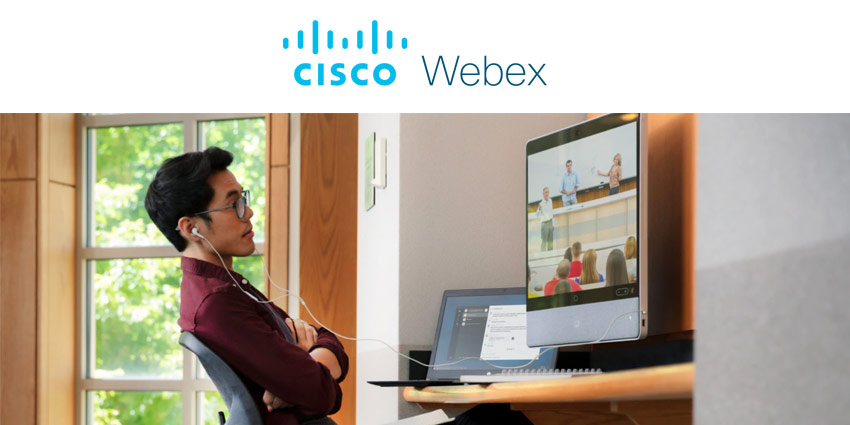Since last month, classes across the globe have resumed, leaving educators scrambling for a viable option for distance and hybrid learning scenarios. In response to the changing nature of education, Cisco debuted a version of its popular video conferencing software with features geared toward easing students and teachers into these new-found learning environments. As security is in the back of everyone’s minds, namely parents, Cisco reassured them, along with educators, the new offering will securely connect teachers, students, and parents.
Teachers can auto-lock meetings so only signed-in users and students can join. Educators can even mute students and take questions from those who raise their hands using the ‘hand raise’ feature, with a queue being created based on the order a question is asked. The offering is essentially Cisco Webex but for online learning. It does have a lot of learning management systems functionalities for administration, documentation, tracking, reporting, automation, along with the delivery of educational courses, etc.
Via Webex Classrooms, educators can run online courses, schedule office hours, parent-teacher conferences, and automate time-consuming tasks such as note-taking along with attendance. With support for education templates and security settings to enhance the virtual classroom experience, students can view their schedules, recordings from lectures, notes, and assignments. There are also breakout rooms, which enable students to split up into small groups for easy collaboration, and teachers can observe as well as join the breakout rooms. Educators can also send specific messages to specific breakout rooms.
One of the most useful features of the platform’s laundry list of functionalities is the ‘Webex Assistant.’ There is access to live transcripts, action items, meeting highlights, and Webex Teams so students can collaborate with their peers after hours. Parents can leverage the platform to track student progress and to assist in managing assignments. The platform is to become generally available during the fourth quarter of 2020 and will integrate with several other learning management systems, like Moodle, Blackboard, Sakai, Canvas, and D2L, according to Cisco.
COVID-19 has forced students and educators to adapt to new technologies designed to connect them and provide the best possible education experience. There are some hurdles to these technologies, however, which Cisco hopes to ease with a bunch of education-related resources located on its website. The platform is not just geared toward k-12 students and teachers, but toward college-aged students, too. Avaya, Microsoft, and Zoom have all released comparable education-related software to help facilitate online learning.
Moving forward, it would benefit these organizations to further collaborate with educators so they can better understand their needs and the challenges they face during hybrid/fully-remote learning situations. More than anything, continuing the education of educators as to how to use these systems will remain paramount as there are countless reports of educators working overtime to ensure classes go off without any hiccups. I have personally spoken with educators who have numerous complaints about the user-friendliness of these platforms. But I will give these companies the benefit of the doubt, though, as there will inherently be some difficulties when introducing new technologies into settings that previously relied a lot less on said tools to enable learning.







